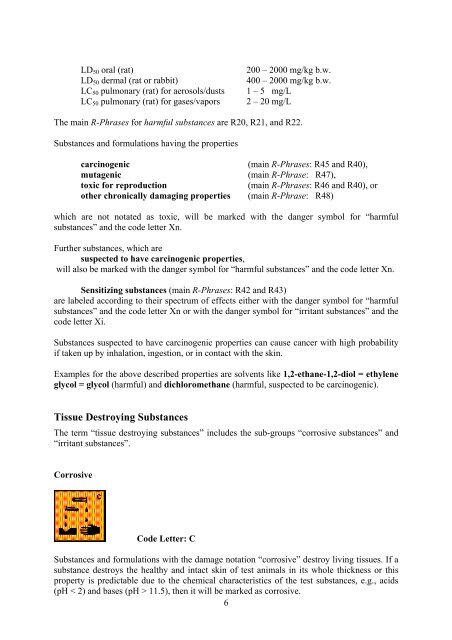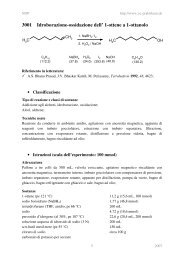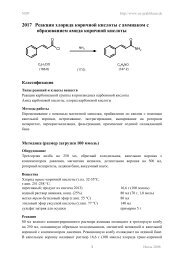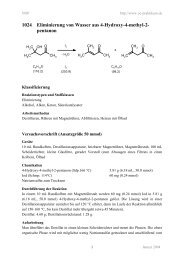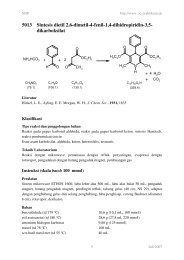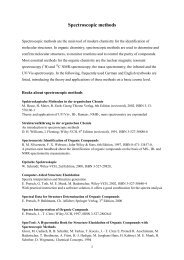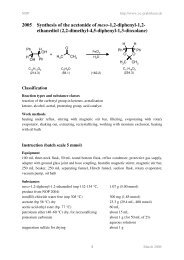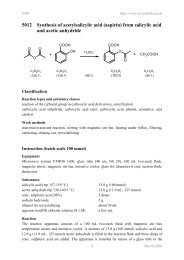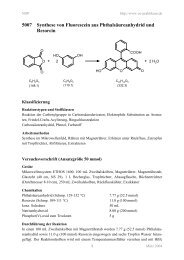Danger Symbols - kriemhild
Danger Symbols - kriemhild
Danger Symbols - kriemhild
You also want an ePaper? Increase the reach of your titles
YUMPU automatically turns print PDFs into web optimized ePapers that Google loves.
LD50 oral (rat) 200 – 2000 mg/kg b.w.<br />
LD50 dermal (rat or rabbit) 400 – 2000 mg/kg b.w.<br />
LC50 pulmonary (rat) for aerosols/dusts 1 – 5 mg/L<br />
LC50 pulmonary (rat) for gases/vapors 2 – 20 mg/L<br />
The main R-Phrases for harmful substances are R20, R21, and R22.<br />
Substances and formulations having the properties<br />
carcinogenic (main R-Phrases: R45 and R40),<br />
mutagenic (main R-Phrase: R47),<br />
toxic for reproduction (main R-Phrases: R46 and R40), or<br />
other chronically damaging properties (main R-Phrase: R48)<br />
which are not notated as toxic, will be marked with the danger symbol for “harmful<br />
substances” and the code letter Xn.<br />
Further substances, which are<br />
suspected to have carcinogenic properties,<br />
will also be marked with the danger symbol for “harmful substances” and the code letter Xn.<br />
Sensitizing substances (main R-Phrases: R42 and R43)<br />
are labeled according to their spectrum of effects either with the danger symbol for “harmful<br />
substances” and the code letter Xn or with the danger symbol for “irritant substances” and the<br />
code letter Xi.<br />
Substances suspected to have carcinogenic properties can cause cancer with high probability<br />
if taken up by inhalation, ingestion, or in contact with the skin.<br />
Examples for the above described properties are solvents like 1,2-ethane-1,2-diol = ethylene<br />
glycol = glycol (harmful) and dichloromethane (harmful, suspected to be carcinogenic).<br />
Tissue Destroying Substances<br />
The term “tissue destroying substances” includes the sub-groups “corrosive substances” and<br />
“irritant substances”.<br />
Corrosive<br />
Code Letter: C<br />
Substances and formulations with the damage notation “corrosive” destroy living tissues. If a<br />
substance destroys the healthy and intact skin of test animals in its whole thickness or this<br />
property is predictable due to the chemical characteristics of the test substances, e.g., acids<br />
(pH < 2) and bases (pH > 11.5), then it will be marked as corrosive.<br />
6


